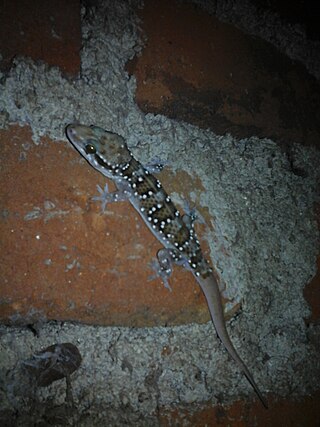
Rhinotermitidae is a family of wood-soil interface feeding termites commonly known as the Subterranean termites. Many members of this family are known pests that can cause extensive damage to buildings or other wooden structures. Most species establish colonies in wood before migrating to the ground to create diffuse nests connecting to multiple pieces of wood, with some taxa such as Coptotermitinae creating mounds or centralized carton nests within wood. All members forage via shelter tubes through the soil to sources of food. In addition, Rhinotermitidae are known for having a higher level of social complexity as compared to other termites. Communication takes place through chemical activity, more specifically through traces of cuticular hydrocarbon (CHC), or semiochemicals, acting as pheromones to send signals to the king and queen of the nest. About 345 species are recognized, among these are severe pests such as Coptotermes formosanus, Coptotermes gestroi, and Reticulitermes flavipes.

Hemidactylus lankae is a species of gecko endemic to island of Sri Lanka.

Lannea coromandelica, also known as the Indian ash tree, is a species of tree in the family Anacardiaceae that grows in South and Southeast Asia, ranging from Sri Lanka to Southern China. It is commonly known as Gurjon tree and is used in plywoods for its excellent termite resistance properties. It is most commonly grows in exposed dry woodland environments, where the tree is smaller and more crooked. In more humid environments it is a larger spreading tree that can become 20 meters tall. In Sri Lanka Lannea coromandelica often grows on rock outcrops or inselbergs.
Postelectrotermes militaris, the up-country tea termite, is a species of drywood termite of the genus Postelectrotermes. It is native to India and Sri Lanka. It is a serious pest of tea.
Coptotermes gaurii, is a species of subterranean termite of the genus Coptotermes. It is native to South India and Sri Lanka. It is a serious pest of tea in Sri Lanka.
Heterotermes ceylonicus is a species of subterranean termite of the family Rhinotermitidae. It is native to India and Sri Lanka. It is a wood destroying termites, which damage to logs, wooden structures of both natural and man-made such as tree stumps of Gravellia and Hevea brasiliensis, and tea plantations. It can be also found in mounds of Hypotermes obscuriceps.
The Fungus-growing termite,, also known as South Asian wood-destroying termite, is a small species of earth dwelling termite of the genus Odontotermes. It is native to India and Sri Lanka.
Odontotermes globicola is a species of small termite of the genus Odontotermes. It is native to India, Malaysia and Sri Lanka. It is found under flower pots and decaying logs. They construct small chambered nest with spherical combed termitaria.
Hypotermes obscuriceps, is a species of termite of the genus Hypotermes. It is native to India, Sri Lanka and Vietnam. It constructs a termitaria and is a pest of tea.
Speculitermes sinhalensis, is a species of termite of the genus Speculitermes. It is native to India and Sri Lanka. It was first found from Vavuniya. They are typical subterranean soil humus feeding termites, which can be found under logs, decaying trees, rocks.
Nasutitermes ceylonicus, is a species of termite of the genus Nasutitermes. It is found in Sri Lanka. It is a pest of tea and coconut. It damages numerous wooden constructions, and timber in buildings.
Nasutitermes horni, is a species of termite of the genus Nasutitermes. It is found in Sri Lanka. It is not considered as a pest, although they are abundant in coconut plantations and forests.
Nasutitermes lacustris, is a species of termite of the genus Nasutitermes. It is found in India and Sri Lanka. This species builds nests on branches of forest trees and can be found in stems of trees like Anacardium, Hevea and Elaeocarpus.
Ceylonitermellus hantanae is a species of termite of the genus Ceylonitermellus. It is endemic to Sri Lanka, first described from Hanthana Mountain Range area. It is a soil-dwelling and soil-feeding termite species.
Ceylonitermellus kotuae, is a species of termite of the genus Ceylonitermellus. It is endemic to Sri Lanka, first described from Kotuwa area of Galle. It is a soil-dwelling and soil-feeding termite species.
Microcerotermes heimi, is a species of small termite of the genus Microcerotermes. It is found from Maharashtra area of India and from Sri Lanka. It can be found from forests, in dead stumps and under bark of trees.
Dicuspiditermes nemorosus, is a species of small termite of the genus Dicuspiditermes. It is found in Sri Lanka, India, Malaysia and Borneo. The species is known to build three different types of mounding nests, where two termitaria have single protruding nest structure and third nest type is typified by several protruding nest all connected at the base.
Pericapritermes speciosus, is a species of small termite of the genus Pericapritermes. It is found in Sri Lanka and Borneo.


